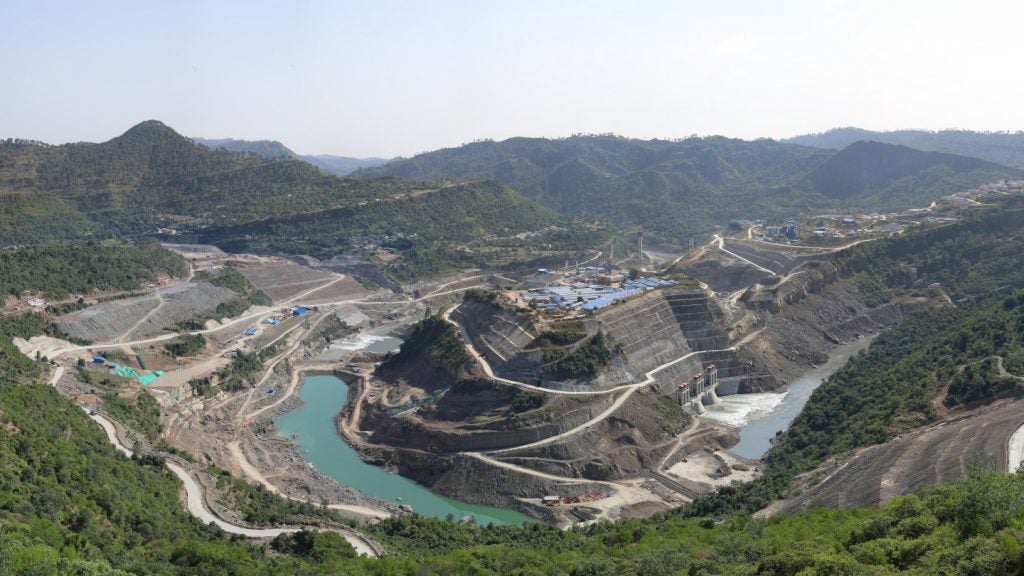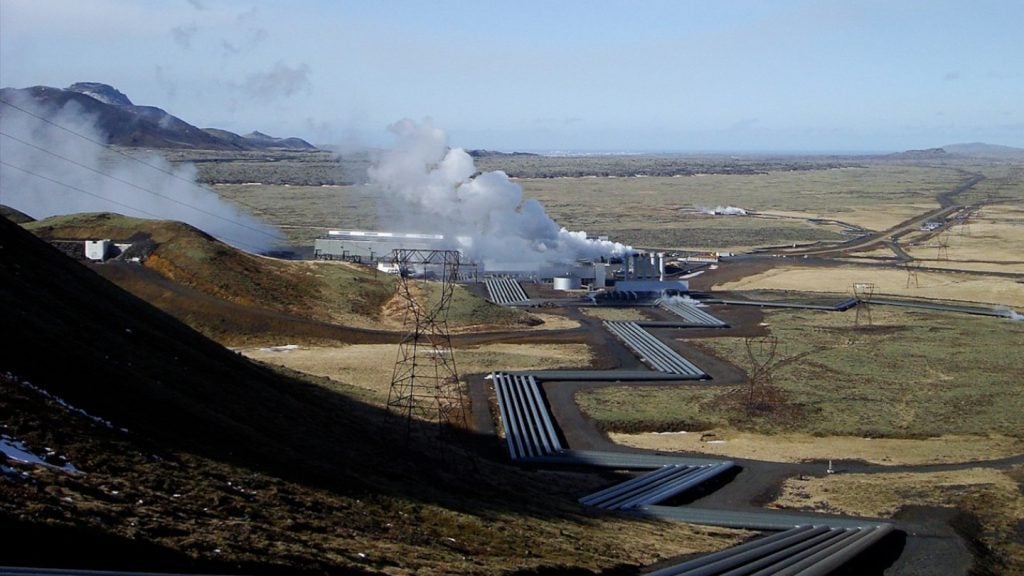The Grand Renaissance Hydroelectric Project (GRHEP), formerly known as the Millennium Project of Ethiopia, is being developed on the Blue Nile River in the Ethiopian state of Beneshangul Gumuz.
It will be the largest hydropower project of Africa and is among the biggest under-construction power plants in the world with an installed capacity of 6,450MW.
The project is located approximately 750km northwest of the Ethiopian capital Addis Ababa and 40km from the Sudan border.
The construction of the $4.5bn hydropower project started in April 2011. The Ethiopian Government is implementing the project through the Ethiopian Electric Power (EEP).
The hydropower project is expected to generate 15,128GWh of power a year when operational, increasing the current electricity generation capacity of Ethiopia by four times.
The project reached 73% completion in July 2020. Pre-generation works are expected to be completed by December 2020 with project completion expected by 2022. The filling of the dam began in July 2020 to allow impounding of water during the winter.
Controversies surrounding the Grand Renaissance project
The ambitious Grand Renaissance Hydroelectric project generated more heat than hope for Ethiopia. The consequences of the project are unknown.
The project witnessed stiff political opposition from neighbouring countries Sudan and Egypt, which are located on the downstream of the Blue Nile River.
Egypt fears that the proposed Ethiopian dam might reduce the river flow into its territory by 25%. Despite Ethiopia’s assurance that the project will not create any such problems, some reports suggest that Egypt would take action if the project causes harm to the country during the operational phase.
The project also led to the geopolitical threat perception by the downstream countries that Ethiopia might exercise its rights over the Blue Nile waters.
Sudan and Egypt are entitled to 90% of the Blue Nile’s flow in an agreement made during the 1920s. The massive Ethiopian project might change this scenario. The Blue Nile emanates from Ethiopia and contributes more than half of the water to the world’s longest river, the Nile. Ethiopia accounts for 86% of the river’s water in its territory alone.
Environmental experts also warned against the hydropower project. The project could affect up to 200km of the river course, leading to the displacement of approximately 5,000 people in nearby villages.
Furthermore, there is also widespread scepticism around the financing of the project. The World Bank and private investors showed an unwillingness to invest in the project. Ethiopia is raising some funds for the project by selling bonds to Ethiopians on patriotic grounds. A recent International Monetary Fund (IMF) report warned that the project will place burden on the country’s economy since its cost accounts for 10% of the country’s GDP estimate in 2012-13.
Moreover, there was a perceived lack of transparency regarding the planning and progress of the project from the Ethiopian Government over the last couple of years, which further aggravated the political and environmental backlash against the GRHEP.
Grand Renaissance Plant make-up
The Grand Renaissance hydro plant will consist of a 170m-high roller-compacted concrete (RCC) dam divided into three sections – right bank, central section and left bank; two powerhouses; a gated spillway and a 16 million m³ concrete-face rockfill dam.
The central section of the RCC dam will create a reservoir underlying an area of 1,680km² with a water volume capacity of 63 billion cubic meters (BCM). Three spillways will control the water level of the reservoir. The right bank and left bank sections of the dam will be kept higher than the central section to serve as spillways during floods.
Two underground powerhouses will be situated on the river’s right and left banks downstream of the main dam. The powerhouses will be equipped with 16 Francis turbine units, each with a capacity of 375MW.
The project will also include a concrete spillway with a capacity of 15000m³/s located on the left bank of the dam.
A 500kV double bus-bar switchyard will be built 1.4km downstream of the main dam to transmit the output of the hydroelectric plant.
Grand Renaissance Project financing
The project is being funded by the Ethiopian Government through the sale of bonds to Ethiopians and international buyers.
In February 2019, China Gezhouba Group Corparation Limited (CGGC) signed an agreement with EEP to invest $40.1m in the project.
The project is also backed by the Exim Bank of China.
Contractors involved with the Grand Renaissance hydropower project
Salini Costruttori, an Italian company, was awarded a $4.8bn contract in March 2011 to construct the project.
Metals & Engineering Corporation (METEC) of Ethiopia was responsible for the electromechanical works of the hydropower project. However, the contract was terminated in 2018.
METEC awarded Alstom a €250m ($326m) worth contract in January 2013 to supply eight 375MW Francis turbines and generators for phase 1 of the Grand Renaissance hydropower project. Alstom will also provide engineering and power plant commissioning services as part of the contract.
Tractebel assisted in the negotiation, management and supervision of the EPC construction contract and negotiations with the governments of Sudan and Egypt.
Tratos was awarded a contract by Salini to provide low and high-voltage cables for the project.
Studio Pietrangeli assisted with the feasibility study and design of the project and also with the supervision of construction for the EPC contractor.









